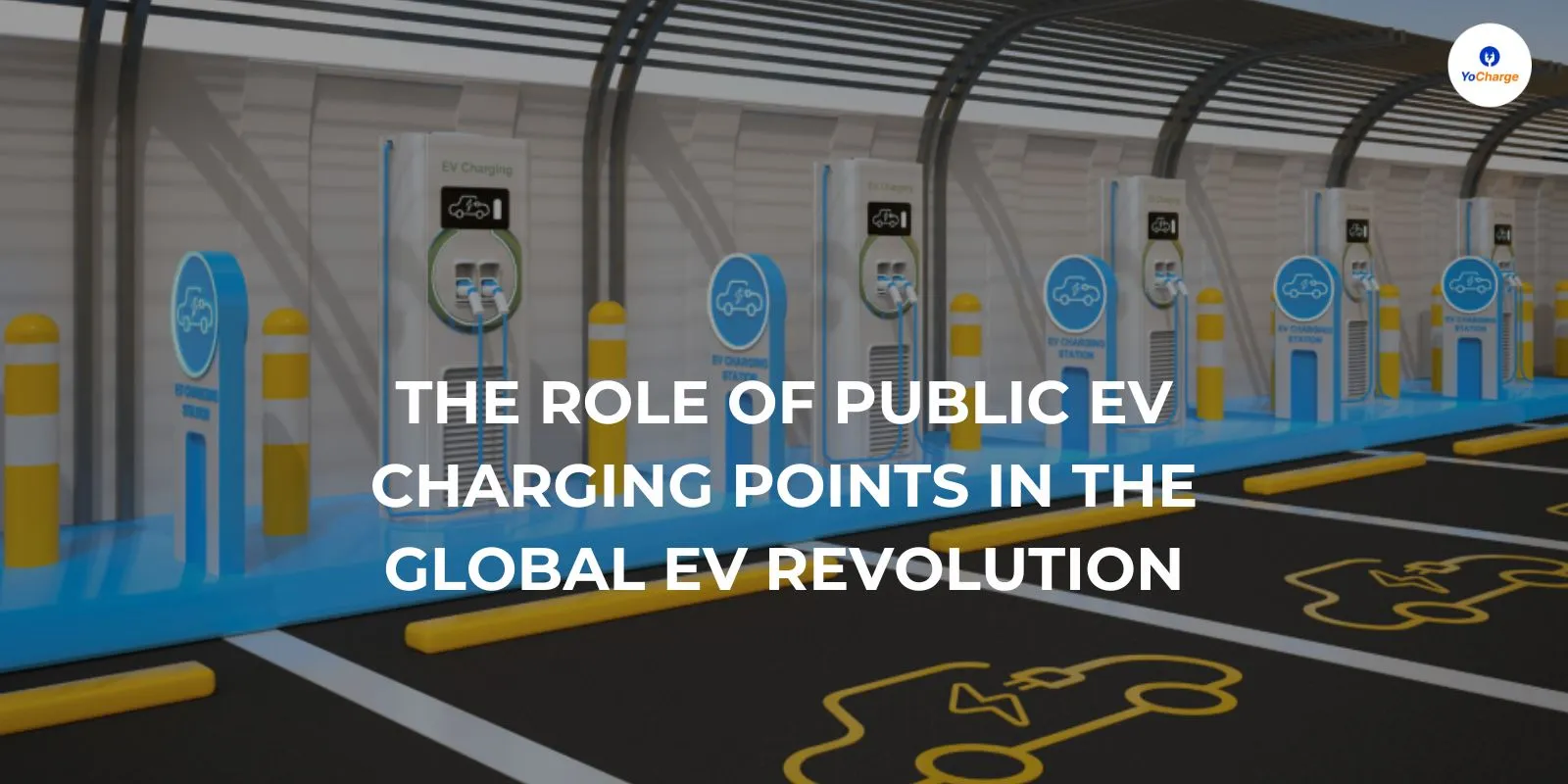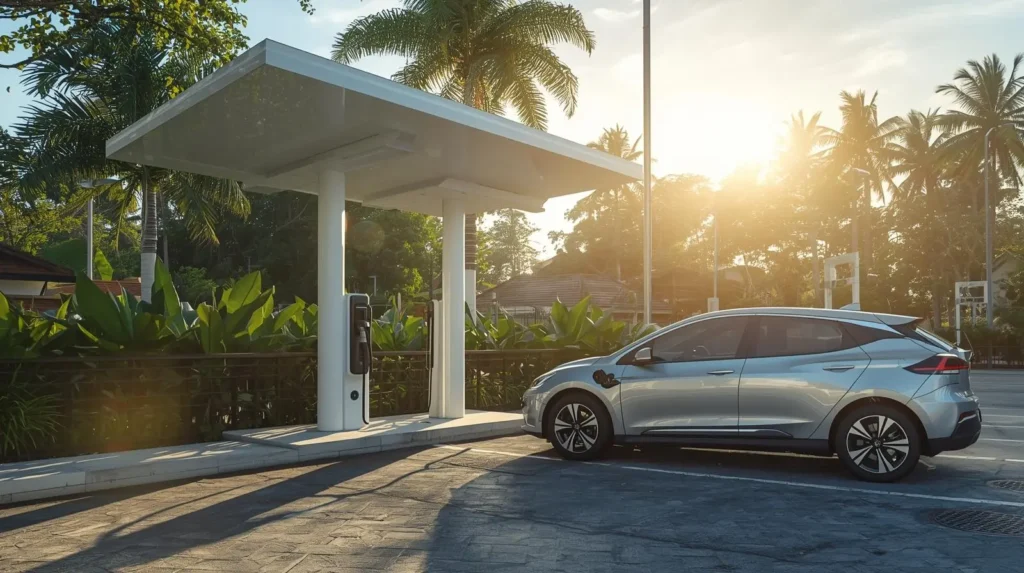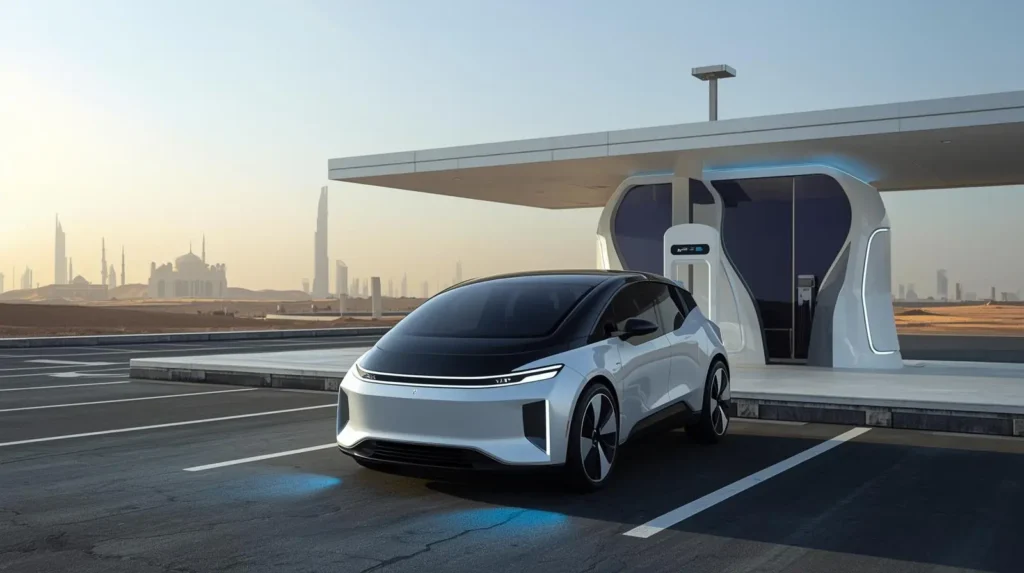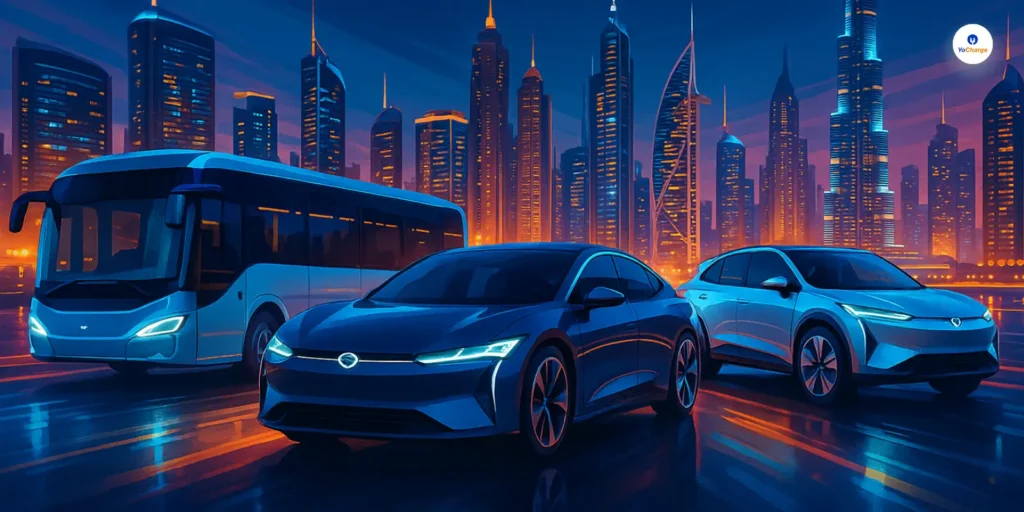
The rise of electric vehicles (EVs) is changing how we think about transportation. One of the biggest challenges facing the EV market is charging infrastructure. Public EV charging points are becoming more important as more people switch to electric cars.
Without enough charging stations, it can be hard for drivers to use their EVs for long trips or daily commutes. This article explores the global growth of public EV charging points, the importance of these chargers, and how they are improving EV adoption.
The Growth of Public EV Charging Points
Public EV charging stations have seen incredible growth in recent years. Since 2022, the number of public EV charging points worldwide has more than doubled, reaching over 5 million by 2024.
This is a huge jump, but it’s still not enough to meet the needs of a growing number of electric vehicles on the road. In fact, the number of public chargers added in 2024 alone is equal to the total number of charging points available in 2020.
Countries like China have led the charge, accounting for about two-thirds of the growth in public charging points.
China now has around 65% of the global electric light-duty vehicle (LDV) stock and 60% of the public charging points. This rapid expansion is crucial for keeping up with the country’s massive adoption of EVs.
Also Read: What to Look for in an EV Charger?
Europe’s Fast Expansion of Public EV Charging Points
Europe has also made significant progress in adding public charging stations. By 2024, there were more than 1 million public EV charging points across Europe. Countries like the Netherlands, Germany, and France are leading the way.
The Netherlands, for example, has over 180,000 public charging points, making it the country with the largest network in Europe.
Many European countries have set ambitious goals to further expand their charging infrastructure. The EU’s Alternative Fuels Infrastructure Regulation (AFIR) mandates that fast-charging stations must be installed along major highways by 2025.
This will ensure that drivers can charge their EVs during long trips without worrying about running out of battery.
United States Charging Infrastructure
The United States is also working hard to increase its EV charging network. In 2024, the number of public EV charging points in the U.S. grew by 20%, reaching nearly 200,000 stations.
The U.S. government has invested heavily in EV infrastructure through the National EV Infrastructure (NEVI) program. However, as of the end of 2024, only a small portion of the allocated funds had been spent.
Although the U.S. has a lower number of chargers compared to Europe or China, it is still expanding its network, particularly along highways.
The Biden administration’s investment in EV charging is expected to help the country keep up with the increasing demand for EVs.
The Need for More Public EV Charging Points
While the increase in public charging stations is a positive step, it’s still not enough to meet the demand for electric vehicle charging. For example, in the European Union, there is currently about one public charging point for every 13 electric cars.
That ratio is improving, but many areas, especially those with higher EV adoption rates, still lack sufficient chargers.
Public charging points are essential for EV owners who do not have access to home chargers. In urban areas, many people live in apartments and cannot install a charger in their parking space.
In these cases, public charging stations are a lifeline. Cities need to ensure that the number of charging points keeps pace with the growing number of EVs on the road.
Also Read: Importance of Public Charging Points in Electric Vehicle Adoption
Faster Charging Stations
Another crucial factor in the growth of public charging stations is the development of fast and ultra-fast chargers. These chargers can charge an EV much quicker than standard chargers.
For example, a fast charger can give a car about 100 km of range in just 30 minutes. Ultra-fast chargers, which provide even higher charging speeds, are becoming more common, especially in Europe.
China has led the world in installing fast chargers, with about 80% of the global growth in fast charging points coming from the country. The U.S. and Europe are also increasing their fast charger networks, but they still lag behind China.
Looking Ahead: The Future of Public EV Charging
As more people adopt electric vehicles, the need for public EV charging points will only grow. The number of chargers installed worldwide will need to increase by nearly 10 times by 2030. This growth is essential for making EVs a practical option for more people.
Governments and private companies must continue to invest in charging infrastructure to ensure that drivers can rely on fast, accessible charging stations. This will help reduce range anxiety and encourage more people to make the switch to electric vehicles.
In the future, we may also see even faster charging technologies that can recharge a car in just a few minutes, making EVs as convenient as gasoline-powered vehicles.
Conclusion
Public EV charging points are vital to the success of the electric vehicle market. With continued investments and the expansion of charging networks, we can expect more widespread adoption of EVs.
The future of transportation is electric, and public charging infrastructure is the key to unlocking that future.
Source: Global EV Outlook 2025



